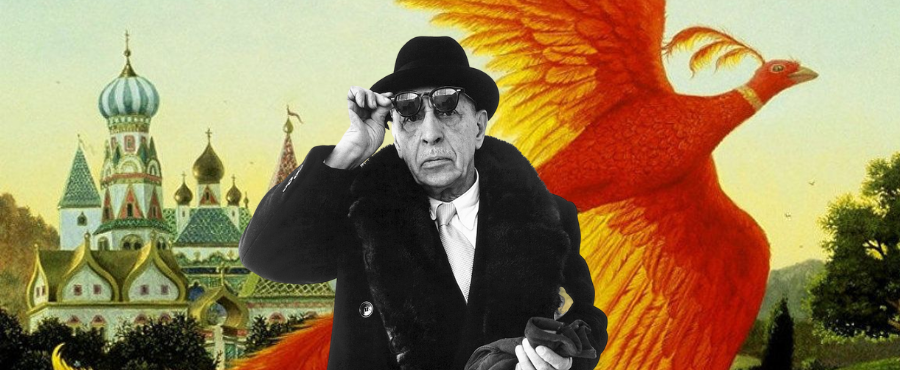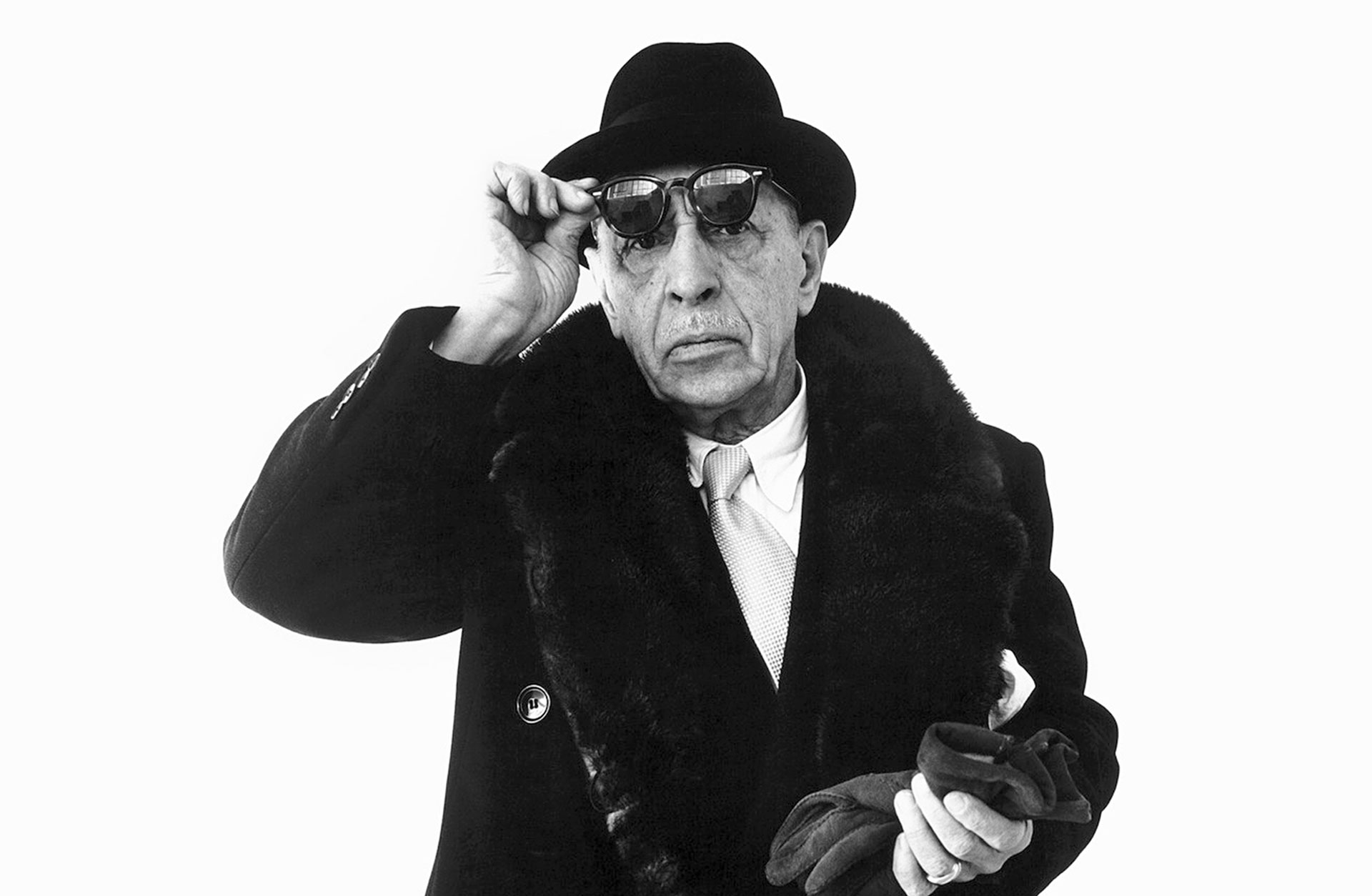
Every so often, a piece of music comes along that changes everything. For Igor Stravinsky, that moment arrived in 1910 with the premiere of The Firebird. It was the score that made him an overnight sensation, launched a career that would reshape 20th-century music, and gave the world one of the most dazzling works ever written for orchestra.

Igor Stravinsky (1882–1971) didn’t start out planning to be a composer. Born near St. Petersburg, Russia, he studied law before turning to music full-time under the guidance of the great Rimsky-Korsakov. His life would take him across the world—from Russia to Paris to the United States—and his music evolved through bold shifts in style, from colorful ballets to sharp-edged neoclassicism to modern, experimental works.
But before all of that, he was a young unknown when impresario Sergei Diaghilev gave him the chance of a lifetime: write a ballet for the famed Ballets Russes in Paris. Stravinsky took that opportunity and set the musical world ablaze.

The Firebird is based on a Russian folk tale about a magical bird, an evil sorcerer, and a brave prince who rescues captive princesses. Premiering in Paris in 1910, the ballet was a hit—audiences were enchanted by its shimmering colors, driving rhythms, and larger-than-life story.
Stravinsky later arranged the music into concert suites so audiences could enjoy the score on its own, without dancers or stage scenery. These suites quickly became favorites in the concert hall—and remain so today.
Stravinsky’s Firebird Suite is a rollercoaster of sound, full of contrasts and surprises. Here are a few highlights to listen for:
The Firebird wasn’t just Stravinsky’s first big success—it was the spark that ignited a career of constant reinvention. It bridged Russian folklore with modern musical language and set the stage for his later groundbreaking works like Petrushka and The Rite of Spring.
Today, the Firebird Suite is one of the most beloved orchestral pieces in the world. Its blend of fairy-tale storytelling, vivid colors, and thrilling energy continues to amaze listeners, making it a perfect introduction to Stravinsky and a joy to revisit for longtime fans.
When you hear The Firebird Suite, you’re not just listening to a ballet score—you’re experiencing the moment a young composer took flight and changed music forever. It’s a story of magic, courage, and transformation, told through some of the most exciting sounds ever written for orchestra.